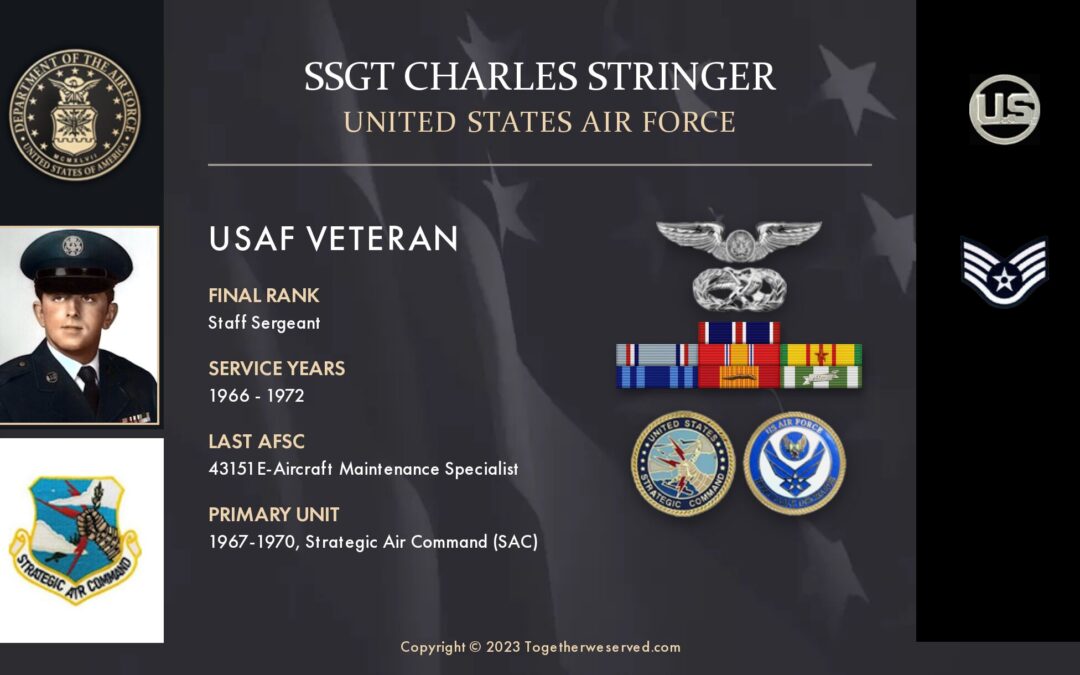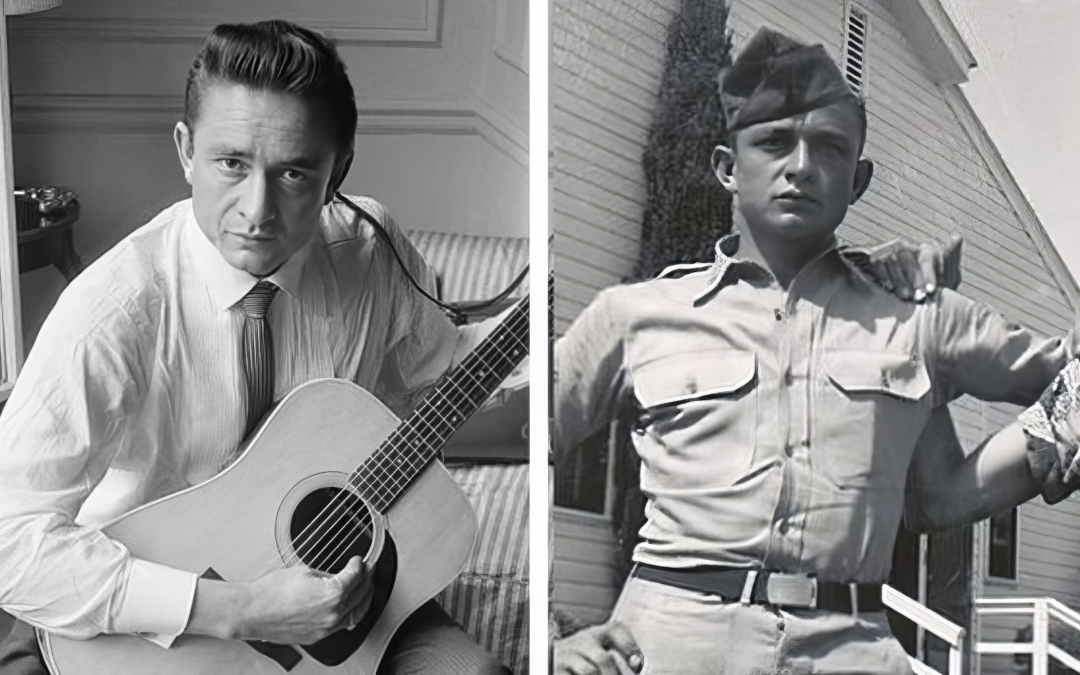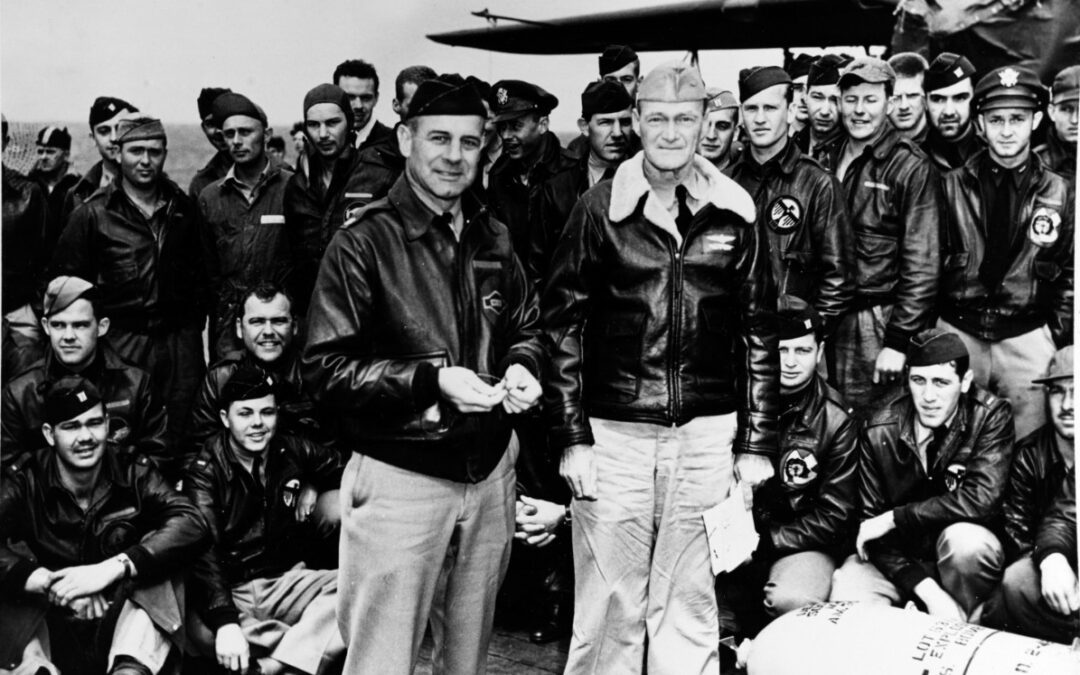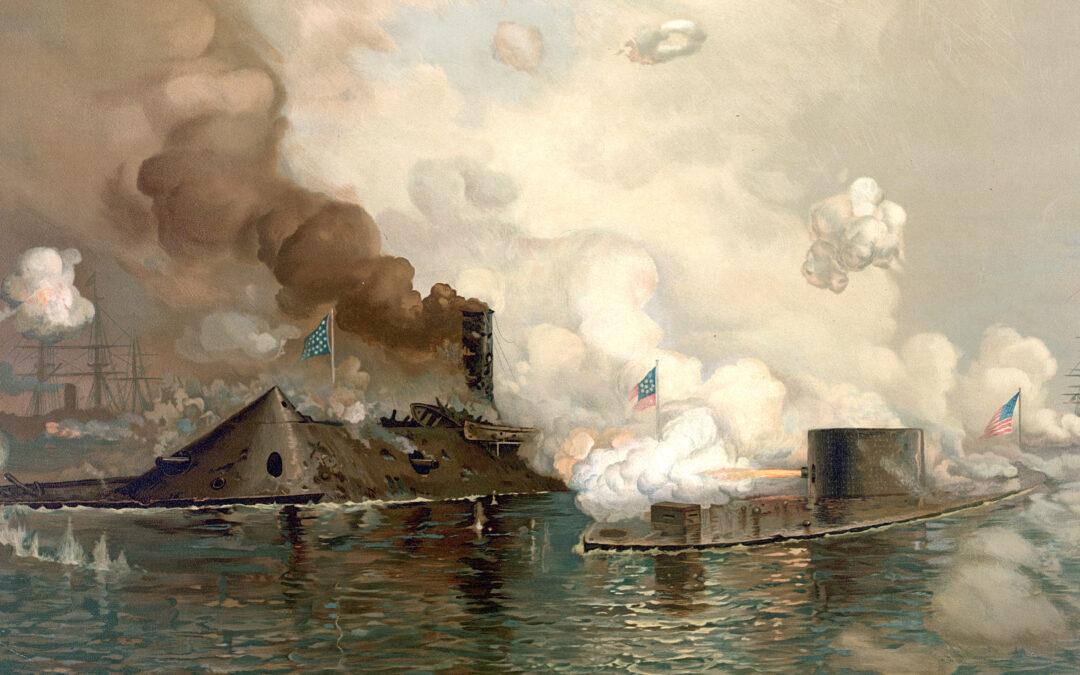William "Bill" Crawford was an unimpressive figure, one you could easily overlook during a hectic day at the U.S. Air Force Academy. Mr. Crawford, as most of us referred to him back in the late 1970s, was our Squadron janitor. While we Cadets busied ourselves preparing for academic exams, athletic events, Saturday morning parades, and room inspection, or never-ending leadership classes-Bill quietly moved about the squadron mopping and buffing floors, emptying trash cans, cleaning toilets, or just tidying up the mess 100 college-age kids can leave in a dormitory. Sadly, and for many years, few of us gave him much notice, rendering little more than a passing nod or throwing a curt, "G' morning!" in his direction as we hurried off to our daily duties. Why? Perhaps it was because of the way he did his job - he always kept the squadron area spotlessly clean, even the toilets and showers gleamed. Frankly, he did his job so well; none of us had to notice or get involved. After all, cleaning...











